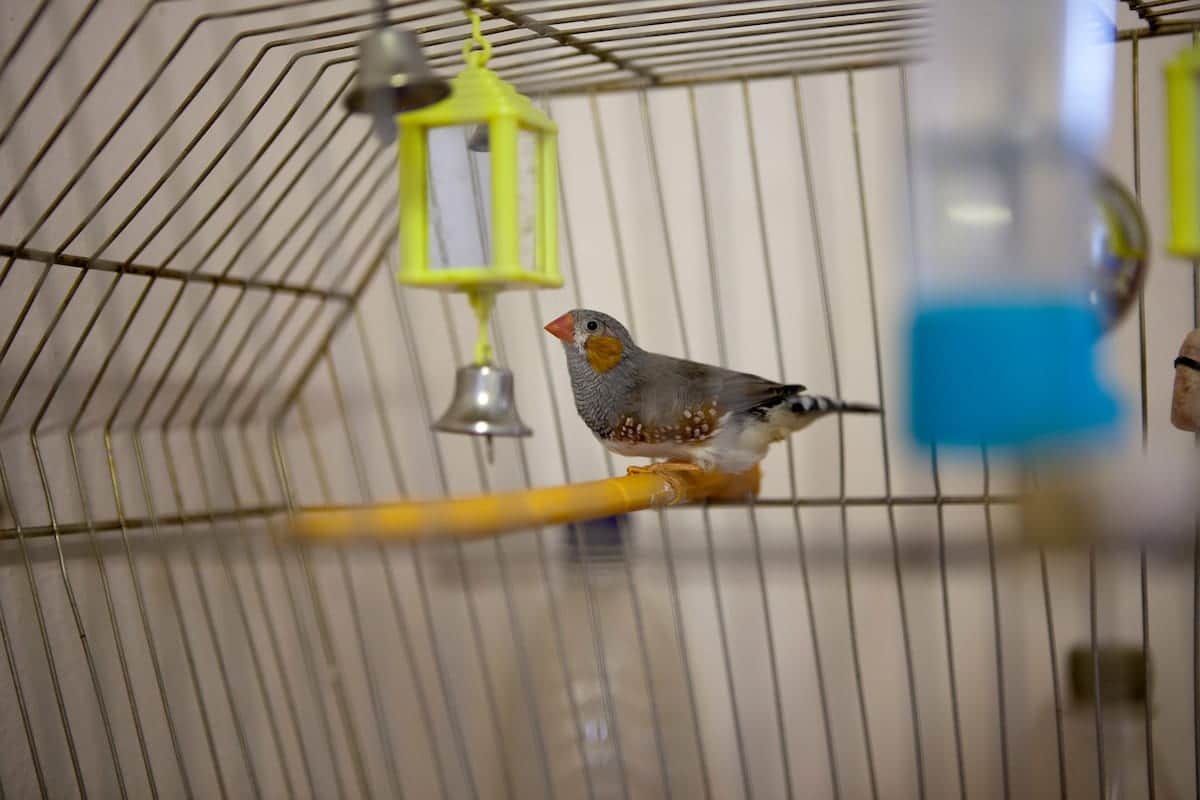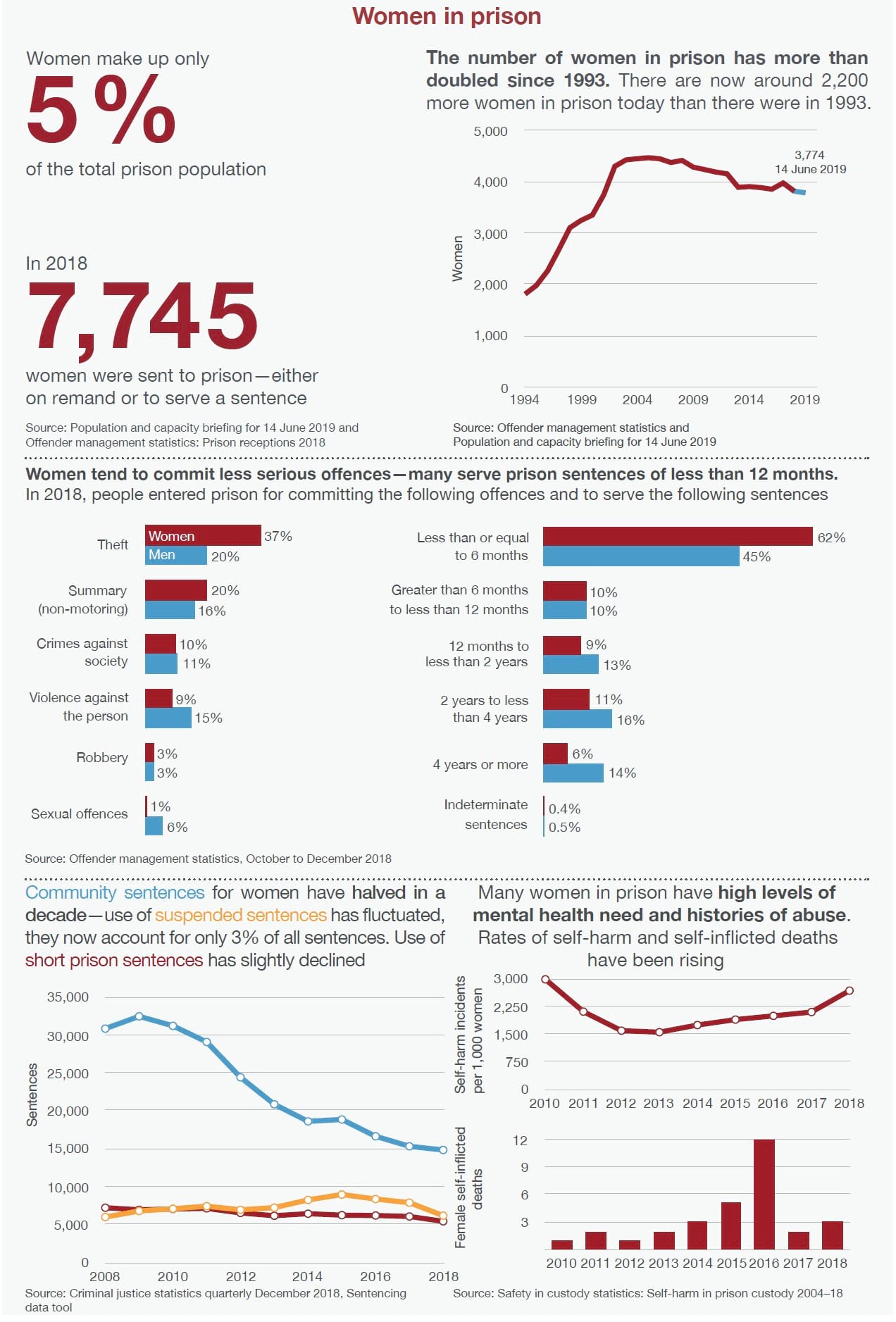Anyone and everyone who wants accurate up-to-date information on what is going on in our prisons relies on the prison factfiles produced by the Prison Reform Trust.
Known as the Bromley Briefings, they are issued twice a year. The Summer 2019 issue was published yesterday (24 June 2019). As usual, I have perused the Briefing in depth and found 10 key facts to share in this post.
Since readers of the blog are more than averagely well informed about penal affairs, I have tried to make some of the facts less well-known.
1: We still have the highest imprisonment rate in Western Europe
The rate of prison admissions, which accounts for the effects of differences in national populations, shows that England and Wales have a rate approximately three times that of Italy and Spain, and almost twice as high as Germany, with 238 prison admissions for every 100,000 people. Scotland imprisons 150 individuals per 100,000 of its population and England and Wales 139 – the equivalent figure for Finland is 51.
2: The cost of prison is falling
The cost of a prison place reduced by 19% in real terms between 2009–10 and 2017–18. The average annual overall cost of a prison place in England and Wales is now £40,843. Of course, the impact of reducing costs is being seen in the worst ever prison safety figures and a continual stream of highly critical inspection reprots.
3: We remand less people in custody
31,062 people were sent to prison before their trial in 2018—down by 23% in three years. However, 1 in 10 people remanded into custody by magistrates’ courts in 2018 were subsequently acquitted and a further 14% of people received a non-custodial sentence. In the Crown Court, the figures were 13% and 13%, respectively
4: A big increase in Muslim prisoners
Muslims in prison are far from being a homogeneous group. Some were born into Muslim families and others have converted. 40% are Asian, 29% are black, 16% are white and 9% are of mixed ethnicity. Only one per cent of Muslims in prison are currently there for terrorism-related offences.
5. A third of prisoners have a learning disability or difficulty
A third of people (34%) assessed in prison in 2017–18 reported that they had a learning disability or difficulty.This compares with 7% of people in contact with the criminal justice system as a whole and just 2% of the general population.
6: Most women prisoners have committed a non-violent offence
Most women entering prison under sentence (82%) have committed a non-violent offence. More women were sent to prison to serve a sentence for theft than for violence against the person, robbery, sexual offences, fraud, drugs, and motoring offences combined.
7: Very old prisoners
Readers will know that there has been a big increase in the number of older prisoners with people aged 60 and over the fastest growing age group – there are now more than triple the number there were 16 years ago.
But did you know there were 234 people in prison aged 80 or over as of 31 December 2016? 219 were in their 80s, 14 were in their 90s, and 1 was over 100 years old—87% were in prison for sexual offences.
8: Mental health
26% of women and 16% of men said they had received treatment for a mental health problem in the
year before custody. 958 people were transferred from prison to a secure hospital in 2018.
9: Employment on release
Nearly everyone in prison will be released at some point. 69,622 people were released in 2018 but only 17% of people are in PAYE employment a year after leaving prison.
10: Housing on release
One in seven people who left prison in the year to March 2018 were homeless. This increases to more
than one in five people serving a prison sentence of less than six months.
Thanks to Andy Aitchison for kind permission to use the header image in this post. You can see Andy’s work here.








